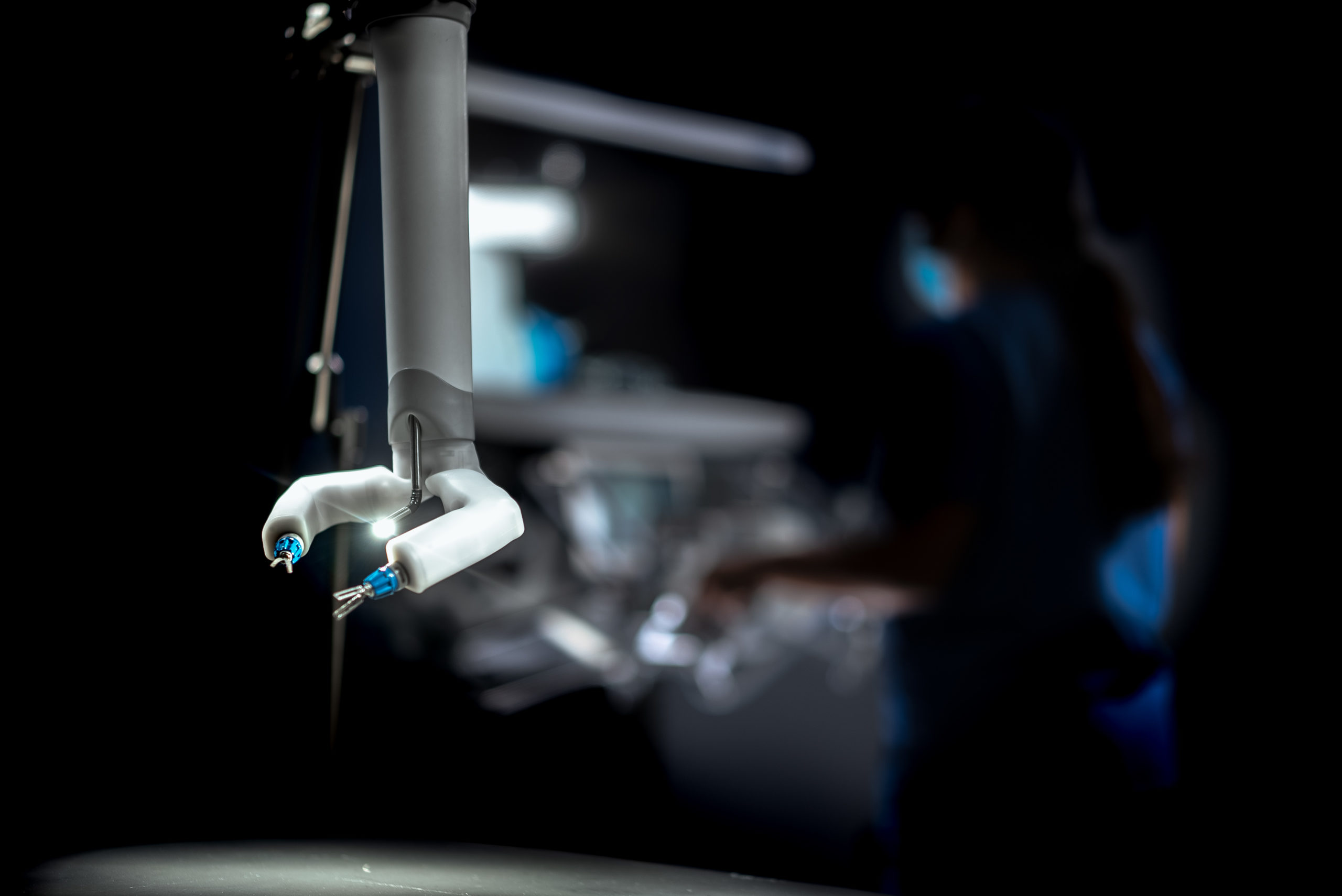Virtual Incision Corporation
Virtual Incision aims to make robotic surgery more compact and accessible, enabling a more comprehensive range of patients, surgeons, and healthcare facilities to benefit from it daily.

Virtual Incision Corporation
Virtual Incision aims to make robotic surgery more compact and accessible, enabling a more comprehensive range of patients, surgeons, and healthcare facilities to benefit from it daily.

Virtual Incision

Making Every Operating Room Robot-Ready.
Virtual Incision Corporation is at the forefront of innovating surgical technologies. They specialize in developing miniaturized robotic-assisted surgery systems, particularly the MIRA Surgical System. This groundbreaking technology is designed to be more accessible and user-friendly than traditional robotic surgery systems.
The MIRA system’s compact design allows for its integration into various surgical environments without the extensive infrastructure typically required for robotic surgeries. Their work represents a significant step in making complex surgical procedures more widely accessible, potentially increasing the efficiency of surgeries and improving patient outcomes. This focus on miniaturization and accessibility in robotic surgery positions Virtual Incision as a key innovator in the medical technology field.
Virtual Incision Mission
The company is dedicated to making robotic-assisted surgical procedures more accessible and practical for a broader array of healthcare facilities, surgeons, and patients.
Their focus on developing smaller, more versatile robotic surgery systems aims to bring the advantages of advanced surgical techniques into everyday medical practice.
By doing so, Virtual Incision seeks to improve patient care and enhance surgical outcomes in various medical settings. This commitment positions them at the forefront of innovating and democratizing sophisticated surgical solutions.
Technology & Products
MIRA Surgical System
- Innovative Miniaturized Robotic Assisted Surgery (miniRAS) System:
- MIRA represents the world’s first miniRAS system, designed to be convenient, capable, and compact.
- It enables the setup of an operating room in minutes without the need for draping or docking, making any OR miniRAS-ready.
- Benefits and Features:
- Efficiency: MIRA can be set up quickly in any available operating room, moving easily from room to room.
- Ease of Use: Eliminates the need for draping or docking, minimizing downtime in robotic-assisted surgeries (RAS).
- Expanded Capabilities: Optimizes RAS programs to treat more patients and fits into various operating room environments.
- Components of MIRA:
- Accessible: Easily inserted through a single port, enabling fast setup without docking or draping.
- Portable: Lightweight design, approximately 2 pounds, and arrives already sterilized in a compact tray.
- Sustainable: Sterilized using standard protocols designed to minimize waste.
- Adaptable: Equipped with instrument arms and an integrated camera for complex movements controlled by the surgeon.
- Companion Cart:
- Provides a convenient staging area for MIRA with a simple setup.
- The interface requires only two cables – one to activate the camera and one for the minibot.
- Surgeon Console:
- Enhances situational awareness, allowing visualization of the patient, staff, and OR.
- They are ergonomically designed for surgeons to sit upright in a natural position.
- Features a touch screen display for 3D orientation visualization of MIRA.
- Offers a minimal learning curve with familiar hand controls and foot pedals.
- Telesurgery and Space Exploration:
- Virtual Incision collaborates with NASA and the University of Lincoln-Nebraska to explore telesurgery in remote locations, which is made possible by the miniaturization of RAS capabilities.




